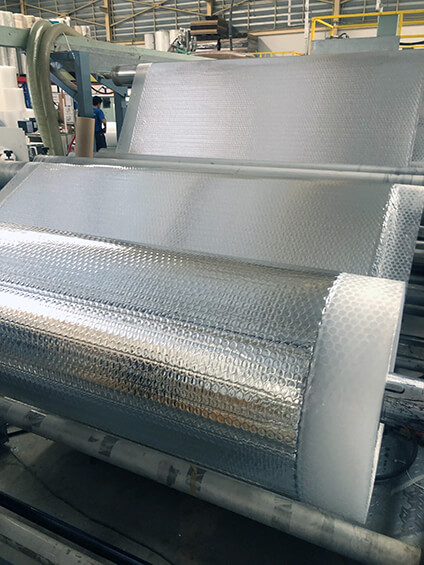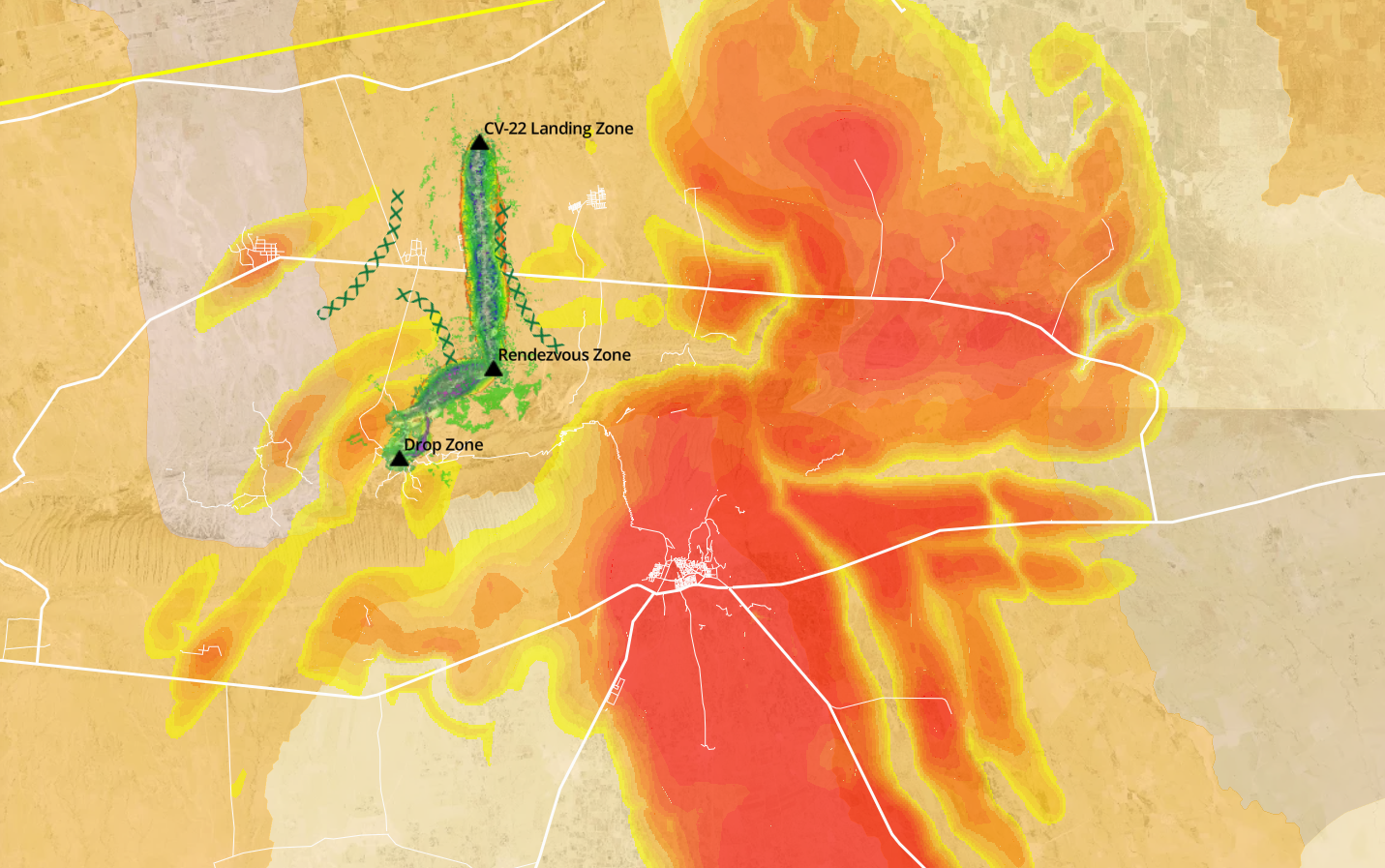

Objects in a display must be easily viewable in any flight condition, and adequate brightness and color must be ensured for the life of the display system. The usefulness of an HUD depends entirely on the quality of projected illumination. Head-up displays (HUDs) greatly enhance a pilot’s situational awareness of trajectory and external factors. patent 7,783,130, “Spatial Standard Observer” technology, licensed by Radiant from NASA. The JND detection algorithm is offered in the TrueMURA™ plug-in for TrueTest Software, and is based on U.S. Display tests support standardized measurement practices such as those recommended by SAE International for displays, HUDs, and illuminated components (for example, ARP4260B, which contains colorimetric and photometric measurement guidelines for airborne electronic flat panel display systems).Īs an option, Radiant measurement systems may employ an image analysis algorithm specifically for computing JND (“Just Noticeable Differences”) in display uniformity, used to identify display mura. Using automated visual inspection software, defects are weighted and evaluated based on their severity and scope, which correlate to either permissible or unacceptable imperfections as perceived by a human observer. Tests include ANSI (American National Standards Institute) brightness, ANSI color uniformity, light or color mura (blemish) detection, light leakage, pixel and line defect inspection, image sticking, and view angle performance testing. Radiant display tests are performed using a ProMetric Imaging Colorimeter or Photometer paired with ProMetric or TrueTest ™ Software. Radiant cameras evaluate LCD, LED, and OLED displays and display components, including backlight units (BLUs) and LCD modules, as well as see-through displays like augmented reality (AR) and head-up displays (HUDs), for performance in a range of ambient light environments, from day to night, in all weather conditions.

Radiant is the leading provider of display test solutions, with thousands of systems deployed worldwide, testing millions of flat panel displays (FPDs), smart devices, touchscreens, infotainment and navigation displays, and more.

Radiant cameras feature a tristimulus optical filter system scientifically engineered to simulate human visual sensitivity to brightness and color, which enables accurate evaluations of illuminated components that reflect an operator’s or passenger’s perception-whether a display, character, sign, or ambient light distribution pattern-ensuring all illuminated components meet requirements for safety and operability. Calibrated for NIST (National Institute of Standards and Technology)-traceable measurements, Radiant's imaging systems provide the most accurate characterization of light sources and displays, capturing precise spatial measurements of luminance, chromaticity (CIE or L*a*b color space coordinates), and contrast. Radiant’s light and color measurement solutions, based on ProMetric ® Imaging Colorimeters and Photometers, provide the high precision required for R&D, while meeting the speed and analysis requirements of production-level testing.

Manufacturers of aerospace and defense technologies must ensure absolute quality of new equipment used in the world’s most highly-regulated machines. These illuminated components must be thoroughly tested and measured to comply with exacting industry standards and meet quality parameters. Integrated displays, cockpit controls, indicators, illuminated signs, navigation lights, and other electronics provide the necessary data to safely and accurately guide an aircraft to its destination and ensure the comfort of its occupants. On an aircraft, critical safety and operational information is relayed to pilots and passengers primarily via artificial light.


 0 kommentar(er)
0 kommentar(er)
